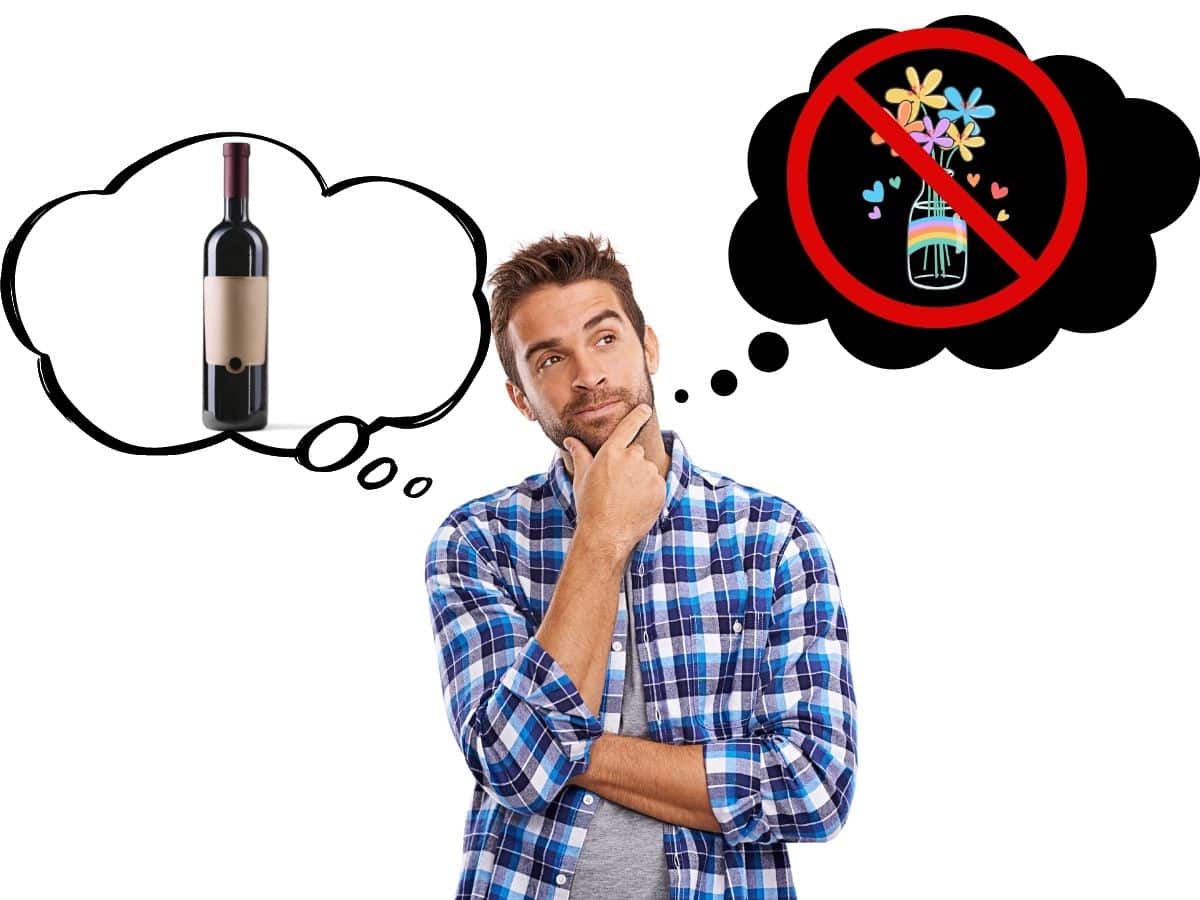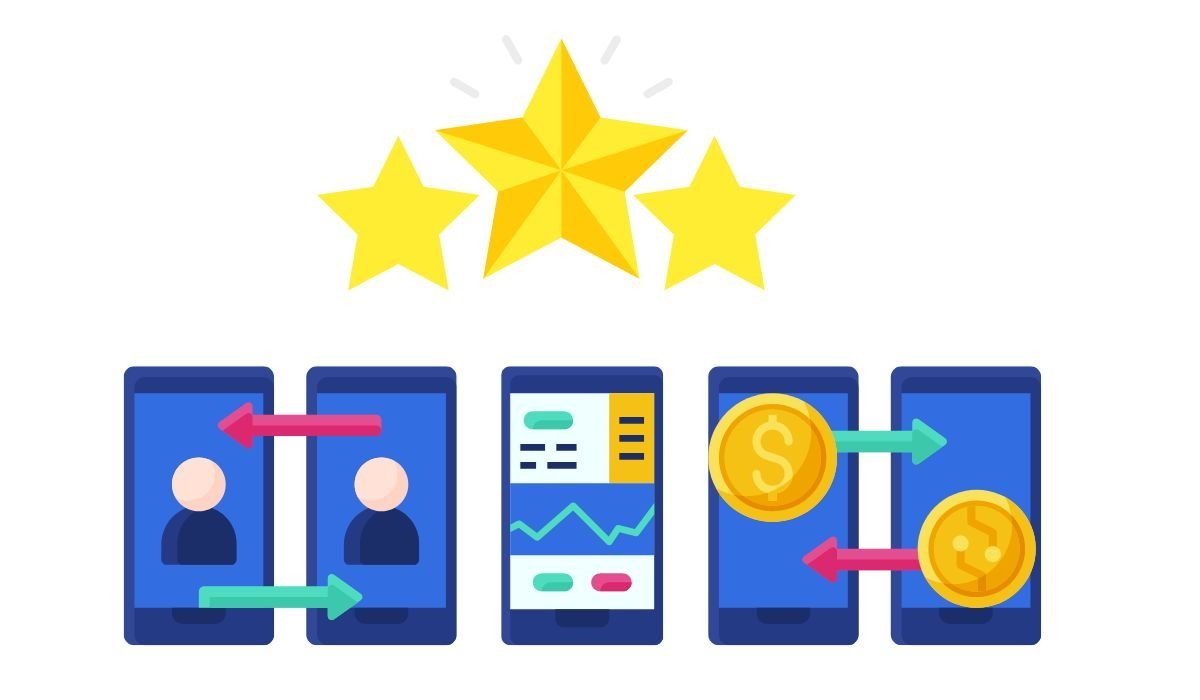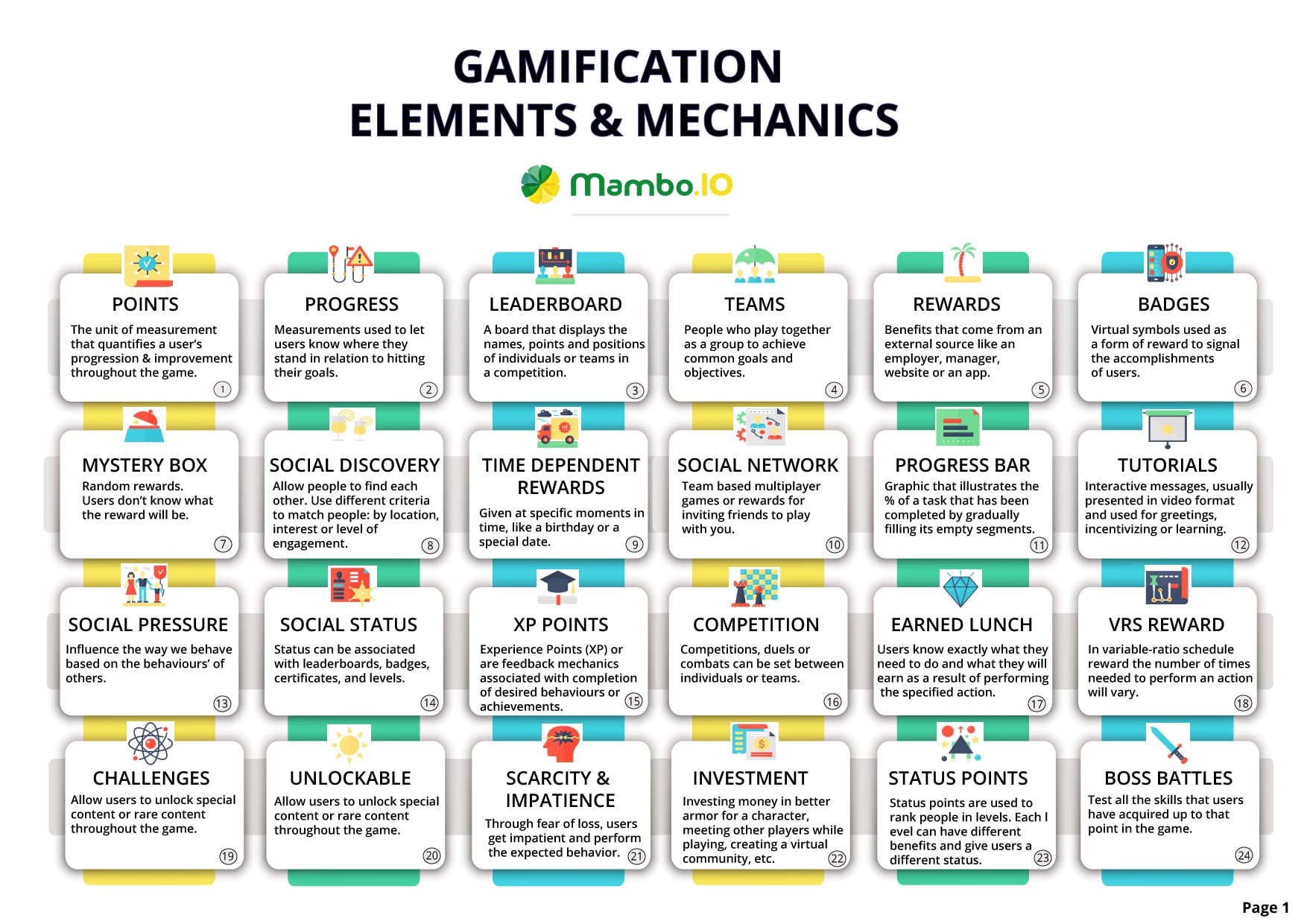Why Your Reward System For Employees Can Fail Badly
What can go wrong with your employee incentive program? After so much time, effort, and money invested into building a reward program to motivate employees or customers; it’s hard to think that in the end it can be demotivating or drive bad behaviours. But your reward system for employees can fail and create toxic competition, favouritism, increased costs or even cheating. What mistakes do you need to avoid when implementing a reward system? In today’s article, we’ll cover all the elements that you need to take seriously to create a winning programme.
Table of Contents
- 1. Are you rewarding the right behaviours?
- 2. Do employees appreciate the rewards?
- 3. Do employees understand the rewards?
- 4. Are the rewards tied to the labour market?
- 5. Are the rewards too cash-based?
- 6. What are the problems with sales commissions?
- 7. What is stack ranking?
- 9. How can you keep benefits from becoming entitlements?
- 10. How long should the delay be before rewards?
- 11. Why are recognition programmes so short-term?
- 12. Why do employee recognition programs chase end results?
- 13. When can recognition programs discourage teamwork?
- 14. Why is executive sponsorship important?
- 15. Why is line manager involvement critical?
- 16. How can the process create problems?
- 17. Why must you evolve your reward system for employees?
- 18. How do manager favouritism and bias factor in?
- How is gamification used to develop a quality reward system for employees?
- Summary of the best reward system for employees
- Machine Learning In Finance: 12 Essential Applications
- How To Create Interactive Compliance Training For Bank Employees
- How Fintech Apps Are Using Gamification To Increase User Engagement
Download your free
“Gamification Guide”
Get your PDF now and start transforming your approach to digital engagement!
1. Are you rewarding the right behaviours?

Chances are you already have a reward system for employees that looks at performance. In annual reviews for remuneration or bonus packages; you give back to your team for excellent numbers. But what about behaviours? Do you know what actions you want to drive? If you want fresh ideas, more commitment, increased efficiency and more effectiveness, what reward system for employees do you have in place for those soft metrics? You need to ask yourself, are you rewarding employees for arriving earlier or finishing a task? The difference is massive.
Examples of rewarding the wrong behaviour:
- Let’s say you worked in a call centre and were judged on your call handling volume. You might find it easier to have the customer call back several times to get your numbers up rather than striving for first-call resolution.
- Perhaps you run a web development studio and you reward programmers for finding bugs. This might actually incentivize them to cheat and purposefully put bugs in so they could collude on getting the reward.
- Lastly, maybe you run a warehouse and reward managers for stretches of time without a reported safety incident. This might only encourage them to fail in reporting problems when they happen just to get rewarded.
2. Do employees appreciate the rewards?

Creating a reward system for employees isn’t about just choosing any old incentive. You need to make sure that your employees actually appreciate your reward. Imagine being a lifesaving nurse or healthcare worker and getting one single tea bag as a reward for your hard work. What if you don’t even like tea? In order for your reward system for employees to drive the behaviours you want, the rewards need to be relevant and exciting for your team. You don’t need to guess what they might want either. Ask them! You might find that you’ll need to provide a range of options in order to appeal to everyone. It’s possible some might want a donation made in their honour to a cause they are about whereas others would love child care vouchers or facetime with the CEO instead. Here are a number of ideas to reward employees and you simply need to match their needs to your customisable rewards.
3. Do employees understand the rewards?

While you don’t need everyone to understand all the effort, time and research that goes into making an effective reward system for employees, you still must communicate. Not only will you want to seek engagement from the right stakeholders and consult your team during the process, but you’ll need to offer briefings. This can help HR understand how to get your teams excited about the reward system for employees that you’re launching. Without an effective onboarding plan, you might find no one even participates in your programme.
4. Are the rewards tied to the labour market?

Do you know what your competitors are doing? Is your programme too little, too late? Trying to launch a reward system for employees that is years behind the pack won’t yield good returns. First, make sure that your salaries are in line with the labour market and then layer an effective rewards programme on top of great remuneration. Oh, and don’t just use database study reports – spring for market salary data and custom surveys to get a real sense check.
5. Are the rewards too cash-based?

Intrinsic motivation is often a better driver of performance than trying to earn bonuses and stock options. That’s because they are motivations which come from within and aren’t subject to envy, cheating, discontent and even turnover. Cash is great. But also look to put in some rewards that give your team members new skills, better social connections and real autonomy over their career paths.
6. What are the problems with sales commissions?

Imagine, you have a stair-step sales commission structure. As employees go up a rung, they get paid a percentage of each sale. This decreases as they go up each level. Did you know in this model, it’s possible to make LESS money for MORE sales? As a result, sales team members calculated and tracked every single sale to see how close they were to maximising returns without going over. If they were about to make a sale which pushed them to the edge, they’d delay as best as they could so it would fall on the next two-week cycle. This is just one of the traps employers can fall into when making a reward system for employees.
7. What is stack ranking?

Have you heard of rank and yank? In the 80s, Jack Welch, CEO of GE popularised a new ranking system. It was meant to fight the central tendency bias of their old 1-5 scale rating system. So, managers were forced to put 20% of employees at the top, 70% in the middle and 10% at the bottom. The low performers were just sacked. They didn’t get any chance to improve. But the top scorers got rewards and promotions. As brutal as it sounds, the technique worked and the company went from under $13 billion to $410 billion during his leadership. For a long time, people tried to emulate his management approach. But in the 90s, problems began to appear at Microsoft and other big firms that had adopted the harsh style.
Employees were scared to work together lest they be dragged down. People were unhappy. And politics? Shocking. There are even reports of team members trying to talk others down on purpose or take credit for work at Microsoft; all to avoid being on the chopping block. So, in 2013, Microsoft left stack ranking behind. Soon, GE themselves would abandon it. The reasons for this and the approach’s toxicity are apparent to us now, as we’ll explore in more detail:
Download your free
“108 Gamification Elements and Mechanics”
Get your cheat sheet and have a quick reference at your fingertips!
Problems with stack ranking
First, the most obvious issue with stack ranking is its negative motivators of selfishness and fear. These days, we want our team members to feel valued, engaged and collaborative. We’re not going to cut them off at the first sign of a stumble. Stack ranking flies in the face of modern workplace practices due to its extreme disadvantages:
Employees become risk-averse
Stick with what you know. That’s what stack ranking teaches you. Taking risks and getting out of your comfort zone to own orphan projects is not a luxury these employees had. It was too big of a gamble when one failure could see you laid off. So, under stack ranking, no one takes any chances. And even if you’re a great employee, you’re not going to risk stretching yourself too thin if you’re already getting the top rewards.
Employees are motivated by self-interest
Of course, we all want to try and be kind, work together and create a harmonious space. But at the end of the day, we need to make sure that we’re okay first. Unfortunately, stack ranking can make one feel like they’re never secure and there’s no right time to help another teammate. You don’t want to improve someone else’s review to your own potential detriment. So, you won’t see teamwork or mentorship in this system.
Promotions can lead to failure
If you’re doing great in your current role, why take the risk of something new? Stack ranking actually makes people turn down promotions. If you think there’s any chance you’ll no longer be a top performer, why take it?
Employees exit on their own
When you are under extreme stress, you’ll look for a way out. Stack ranking manages with a fear that makes employees seek out more healthy and supportive environments. So, you’ll begin haemorrhaging team members from both ends. First, you’ll have vacancies from the terminated low performers and then from the turnover of top performers who hate the culture.
Trouble attracting new employees
Now you have a lot of roles to fill, but with your negative culture – that’s not going to be easy. Back before the internet, it was simple to hide a toxic work environment. But today, with Glassdoor and reviews; it’s easy for former employees to shed light on what it’s really like – keeping good potential recruits from applying.
Can lead to workplace discrimination
Since you have to put people into these neat boxes, it can create an environment where managers make decisions based on bias. As such, it can open you up to lawsuits and other legal action as a result of a stack ranking approach.
Employees get forced into performance categories
20-70-10 is too perfect of a balance to reflect real life. You may have way more poor performers or top performers than that. And forcing your team to adhere to these rankings means that some people who should be rewarded don’t get anything and some who should not be punished get fired. These strict categories are a sure sign of a reward system for employees that will fail. It’s just not realistic.
Leads to operational issues
Remember that high turnover? Well, that leads to sparse teams and that might mean the managers aren’t able to hit their targets. So, they might hire whoever is available to start immediately, rather than looking for the best fit. This can lead to problems if more low-performing workers are hired than the 10% bottom placement can accommodate.
Risk of unnecessary turnover
In many cases, a period of poor performance from a usually high-performing team member is due to something temporary. They could have reached a skill plateau or been facing problems at home. Regardless, these issues usually fix themselves over time. However, with this system, they’d be fired without getting the chance to self-correct.
Leads to bad statistics
In this system, performance is not independent of the grading curve and the numbers are too small for the distribution to be mathematically sound. This is for two reasons: the workers change their effort to work within the system and the volumes are too small to be reliably predictable.
Doesn’t consider cap-ex
Ranking on EBITDA looks at profits after depreciation and capital expenditures. So, it’s rewarding employees regardless of how much money they may be spending on behalf of the company. This could lead to a situation where high performers are rewarded despite wasteful spending habits.
9. How can you keep benefits from becoming entitlements?

To prevent a reward system for employees from becoming the baseline, you need to introduce variability. This could be a changing ratio or reward schedule. When you add an element of surprise, the reward system for employees stops being an entitlement and becomes a welcome benefit.
10. How long should the delay be before rewards?

Timeliness and relevance are critical. The sooner after the desired behaviour that the reward is applied, the better. This works to reinforce the behaviour more readily. In a recent survey, nearly half felt a month was too long and 7% thought a single day was too long. So, you should look to find ways to offer redemptions that are closer to instant. This will prevent your teams from losing motivation and disengaging with your reward system for employees.
Computerised incentive programmes like gamification can really help here. Progress bars and points can be used to deliver an instant sense of achievement. Also, intrinsic rewards (the ones that offer more fulfilment and longer-lasting effects than external rewards) are a big focus in gamification. In your reward system for employees, gamification can be used to offer instant positive feedback, recognition and praise to enhance your formalised external reward tiers.
11. Why are recognition programmes so short-term?

Gamification is a critical tool because recognition programmes are often forgotten. Without a formulaic and time-bound system of automatic recognition, you’re relying on team members (for whom this is often an additional job function) to extend your gratitude for high-performing behaviours. Recognition works great within a reward system for employees but only if it’s kept up and gamification can help you do that.
12. Why do employee recognition programs chase end results?

Without incremental rewards, your employees may feel disheartened if they are too far away from achieving the goals. It could also lead to cheating if your reward system for employees seems stacked against them. But if you use gamification to build in surprising, variable and instant rewards like feedback and recognition; you’ll see better engagement overall.
How We Can Help
With Mambo’s gamification platform, build in a range of touchpoints to keep your reward system for employees enthralling. Track progress in real-time and offer suggestions to your team to help them achieve all possible reward types.
13. When can recognition programs discourage teamwork?

If your reward system for employees always pits teams or individuals against each other, this competition can fuel an unhealthy working environment. While they might hit their own targets individually, they’ll have no reason to work collaboratively. So, you need a gamification platform that encourages teamwork and allows for peer-to-peer recognition. This is a great tool which lets employees send and receive points that they can put towards rewards.
14. Why is executive sponsorship important?
If no one in the C-suite is bought into your reward system for employees or they start off enthusiastic and lose interest in the programme, then it will fail. When your reward system for employees becomes business as usual, leaders move to more critical issues. One way to combat this is to place a people focus at the heart of your business reviews. Use your gamification platform to track performance both today and as it is trending. Encourage your leadership to take action to change rewards and frequency if you’re seeing negative behavioural trends before they become cultural.
15. Why is line manager involvement critical?
Line managers are on the ground floor. They are getting your teams excited about your reward system for employees or acting as detractors of your initiative. You need their buy-in and participation for your system to be successful. Any cynicism will rub off on your employees and cause them to fail. Get your line managers to feed into the program and make successful adoption a part of their KPIs for the best results.
16. How can the process create problems?
If you have a weak implementation program in your reward system for employees, it won’t launch. Too many variables, tons of criteria and a confusing process will see your team leaders switch off. The same is true for your employees. If they think there is too much red tape involved in redemption or earning, they won’t participate. So, use automated rules and simple delivery through gamification to eliminate this risk.
Curious about gamification tools? Read up on the 108 gamification elements and mechanics that drive digital engagement.
17. Why must you evolve your reward system for employees?
You need to evolve your reward system for employees to keep it relevant and viable. Over time, the programme must change to keep up with the needs of your business, the market forces and your team members’ own progress. Think of a new business, your targets will all be related to growth and revenue generation. But, as your business matures, you might need to move to cost-saving strategies. Or, you might have a highly-skilled workforce you need to retain who now want new rewards based on where they are in life. Lastly, peer recognition and self-nomination are now basic elements in a reward system for employees. HR and management aren’t the owners of this function anymore. So, if you have an antiquated system, it might need to change just to keep up. Gamification can help you do that. Are you ready to discover the platform?
18. How do manager favouritism and bias factor in?
Lastly, let’s do a final word on favouritism and bias. With any reward system for employees, you need to keep out unfairness or illegal discrimination. So, some things to look out for are:
- Accuracy – reward everyone against the same scale of correctness per task.
- Attendance – ensure others don’t have to pick up the slack for workers who are not present.
- Non-competitive – put in place rewards that don’t require competition to ensure everyone who performs well is rewarded.
- Productivity – look to reward both efforts towards goals and the reaching of them.
- Decisions – ensure the rewards committee considers all employees and doesn’t allow managers to pick independently of the group decision.
How is gamification used to develop a quality reward system for employees?

Using gamification to distribute and earn rewards within your reward system for employees increases motivation. This is because your team can see where they are and where they need to get to, clearly. Use digital platforms to collect points, redeem them for rewards and get other achievements for hitting milestones. As management, review the data to learn what rewards are most popular and how the milestones are working. Remember, it’s great to offer a personalised reward catalogue because the rewards need to be meaningful to every single employee.
Download your free
“108 Gamification Elements and Mechanics”
Get your cheat sheet and have a quick reference at your fingertips!
Summary of the best reward system for employees
So, to review, first, you need to identify what behaviour your reward system for employees is going to drive. Then, you need to find out what rewards people want. Sure, compensation is great but it’s not the end-all-be-all. Consider popping in some longer-term rewards including equity ownership and benefits. Remember that you need to match or beat your competition to retain your key staff. Oh, and don’t overlook how important appreciation and recognition are. You’ll need to factor in an automated and long-lasting system for giving the appropriate attention to your high-performing team members. Make it transparent about who is doing great and who needs support.
Peer-to-peer recognition and appreciation are equally as important as top-down initiatives. Use gamification to easily enable gratitude and acknowledgement in a 360-degree environment. Once you have all that in there, review your reward system for employees. Is it hitting the mark on benefits, compensation, recognition and gratitude? Are you meeting your KPIs and what behaviours are resulting from the gamification? If it’s missing the target, change it.
We can help. Let’s talk about how the right reward system for employees can transform your business.
Related Posts
Machine Learning In Finance: 12 Essential Applications
The impact of machine learning on finance is significant. Thanks to this technology, financial institutions are now equipped to make efficient decisions. Through the analysis of data sets, machine learning […]
How To Create Interactive Compliance Training For Bank Employees
Banking compliance training isn’t just another task. It’s the stage where everything else performs. Banks must navigate a myriad of regulations and laws. After all, this is a trust-driven, high-stakes […]
How Fintech Apps Are Using Gamification To Increase User Engagement
Discover how gamification in fintech is revolutionizing financial engagement, making banking fun & boosting user loyalty.





